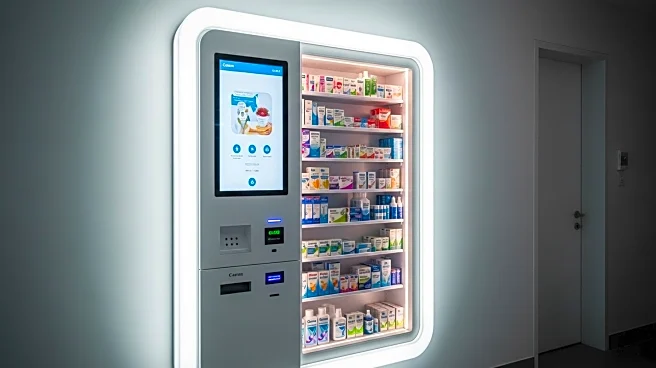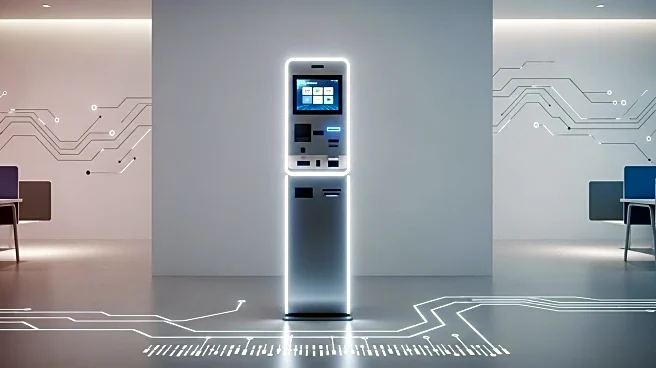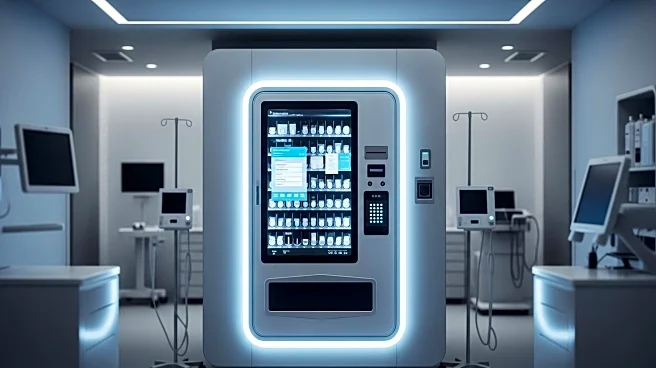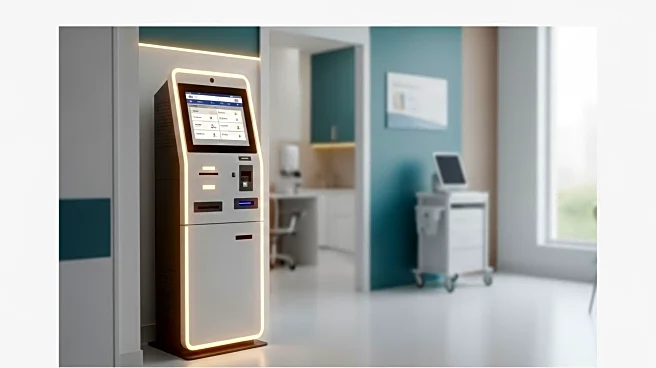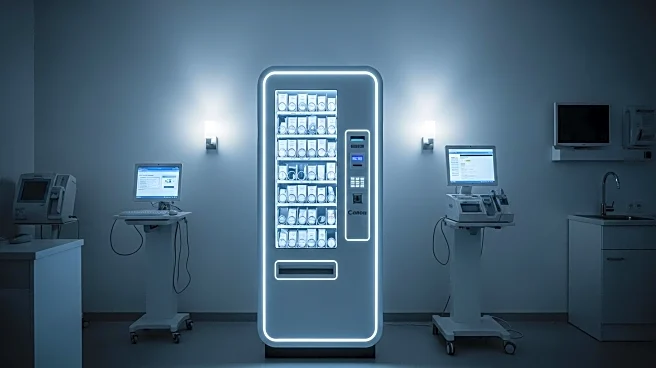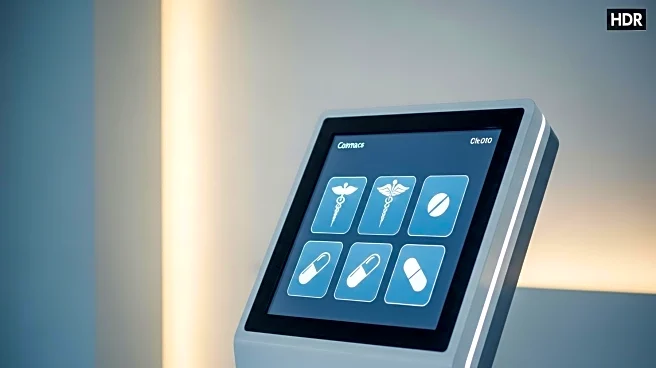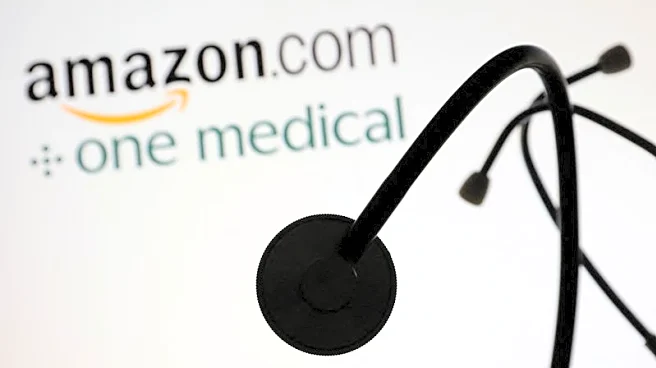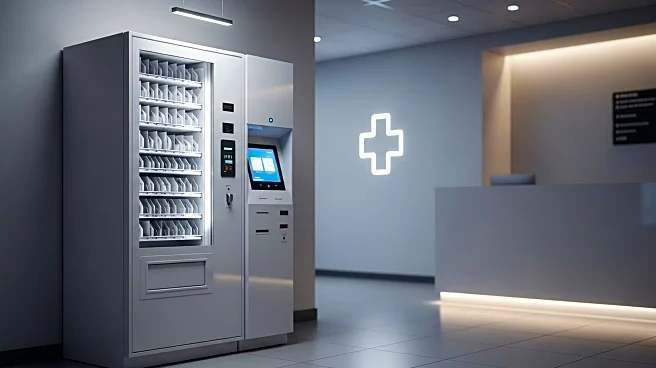What's Happening?
Amazon has announced the introduction of pharmacy kiosks at One Medical locations, starting in December. These self-service kiosks will allow patients to obtain prescribed medications directly at the doctor's office, eliminating the need to visit a separate pharmacy. Initially, the kiosks will be available in several locations across Los Angeles, with plans for broader rollout in 2026. The kiosks will offer a range of commonly prescribed medications, including antibiotics and blood pressure treatments. Patients can access their medications by scanning a QR code from the Amazon app, streamlining the process and ensuring prescriptions are filled promptly.
Why It's Important?
This development is significant as it addresses a common issue where patients fail to fill prescriptions due to the inconvenience of visiting a pharmacy after a doctor's appointment. By integrating pharmacy services directly into medical offices, Amazon aims to improve medication adherence and patient outcomes. This move could disrupt traditional pharmacy models, as it offers a more convenient and efficient solution for patients. Additionally, it highlights Amazon's continued expansion into healthcare services, following its acquisition of One Medical and the launch of Amazon Pharmacy in 2020.
What's Next?
Amazon plans to expand the availability of these kiosks to more One Medical locations in 2026, potentially extending the technology to other environments where quick access to medication is beneficial. This could lead to increased competition for traditional pharmacy chains, which are already facing challenges in maintaining sales. As Amazon continues to innovate in the healthcare sector, other companies may need to adapt to remain competitive.
Beyond the Headlines
The introduction of pharmacy kiosks raises questions about the future of healthcare delivery and the role of technology in improving patient care. It may also prompt discussions about the ethical implications of tech companies expanding into healthcare and the potential impact on patient privacy and data security.

